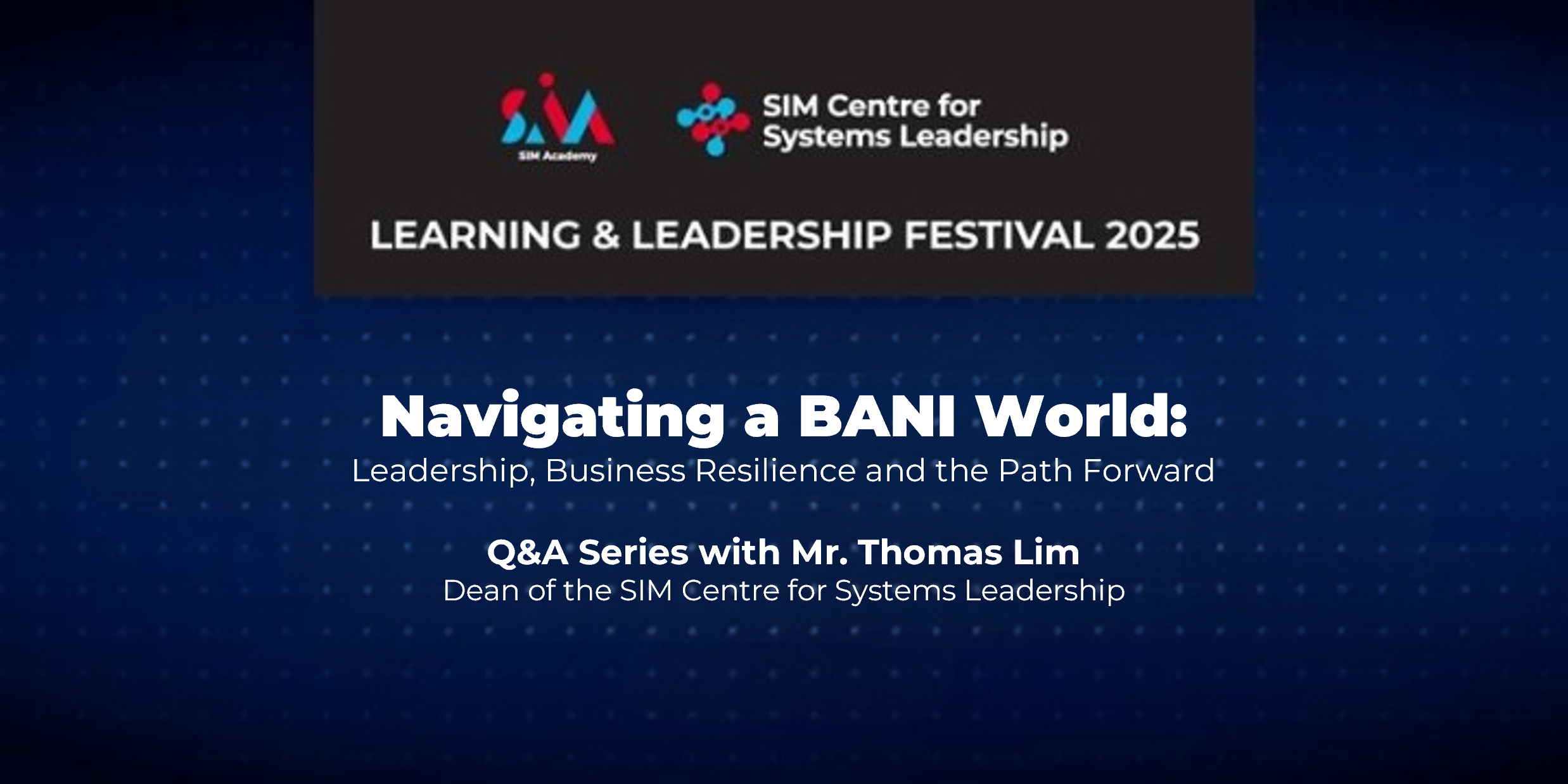Senior leaders and business owners today have to adapt enterprise strategies and objectives for growth amid pandemic-induced changes and uncertainties. Frontline workers have had to contend with the pandemic’s impact on their daily operational work too.
One group in particular that has struggled the most during this disruption is middle management, or the “frozen middle”. As the hinge between senior leadership and the frontline, these middle managers are tasked with communicating and translating strategic decisions taken by the top leadership to the frontline and managing workflows, all while grappling with their own project backlog.
The frozen middle frequently faces opposing demands from the top and bottom, leading to operational inefficiencies and underperformance – further compounding already low productivity levels seen before the onset of the pandemic in 2020. The result: increased levels of burnout for middle managers, compared to other levels of management.
In fact, The Straits Times reported that 61 per cent of middle managers in Singapore put in extra hours at work daily, while a global survey of over 9,000 knowledge managers by instant messaging platform Slack showed that this group of employees were the most stressed during remote work.
Something has to be done to thaw out the situation for better work outcomes. For one, middle managers are not middlemen or messengers, but a crucial and important part of an organisation’s strategy and culture, especially with respects to growth.
By engaging and empowering middle management, senior leadership can create a multiplier effect that drives a whole-of-organisation transformation at scale.
Constricted by the Middle
Forward-thinking leaders know that the success of their long-term plans rely on a strong middle management who can effectively translate, communicate, and implement enterprise strategy at the operational level. But when this critical resource is frozen by opposing demands, meaningful change is unlikely, if not impossible.
This challenge is particularly prevalent among enterprise-level organisations – companies with at least 1,000 employees – where middle managers scored lowest for sentiment and experience at work.
One reason is how work dynamics are constantly changing in the post-pandemic world, resulting in middle management suddenly realising that they lack the right skillsets to translate strategic operational actions and tasks. Another reason is that while middle managers are adept at their day-to-day work, they are not well-equipped with the knowledge on how to coach and enable frontline workers to deliver on the strategic goals provided by senior leadership. A third reason lies in their aversion to risk. Without empowerment from the leadership, middle managers are often afraid of change and avoid taking calculated risks to drive transformations, especially transformations characterised by complexity and uncertainty. As such, middle managers get stuck in the present rather than inspiring others to become future-ready.
In fact, being stuck in the present stymies any enterprise’s growth as middle managers who are not future-ready can also have a significant negative impact on high-performance teams, wrote Warren Parry in his book on organisational change, Big Change, Best Path.
Given how fast the world is changing, companies that fail to recognise these signs early are in danger of irrelevance in the next 10 to 15 years. What are some ways senior leaders and business owners can drive sustainable growth through the middle management?
Create Magic with the Middle
The first step is to transform middle managers into strategic leaders who are ready to adapt and innovate.
To this end, they must have the skills to envision the future, empower people, and enable operations. In doing so, they work closely with senior leadership to identify and act on emerging trends to envision the future of the enterprise, empower others in the transformation process, and take ownership in enabling operations without fear of failure.
For example, middle managers must develop and fine-tune their skills of handling hybrid teams and communicating two-way information flow between the senior leaders and frontline workers. Such skills can be honed through programmes designed for enabling data-driven decisions in the workplace, or leading-edge approaches to risk management.
At the Singapore Institute of Management, leadership programmes are designed to help the “frozen middle” navigate these challenges with applied learning approaches such as “outside-IN” seminars with subject matter experts and industry leaders, facilitated application workshops, fireside chats with experienced senior leaders, and executive coaching sessions. These practical sessions are tied to business outcomes, bridging the gap between learning and achieving business outcomes.
When middle managers are supported by the enterprise to develop the right skills and capabilities, they become a critical lever for enterprise growth. They become “unfrozen”, driving enterprise agility and capability to convert innovative ideas to business outcomes.






